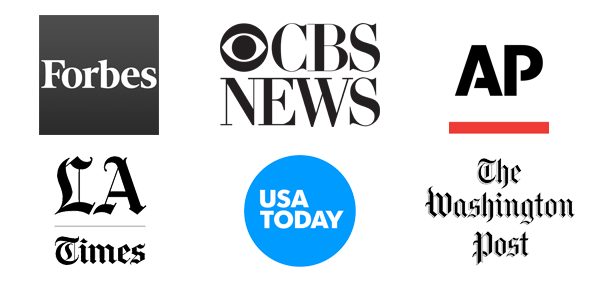Are you responsible for a bad check made to you if you cash it?
Full Question:
Answer:
A check has three original parties: the drawer, the drawee, and the payee.
The drawer is the person who writes out and creates the check. If I write a
check to you for $100, I am the drawer; you are the payee; and my bank is
the drawee. The drawee is the person to whom the draft is addressed and
who is ordered to pay the amount of money specified in the draft. This is a
bank in most cases. The payee is the person named on the face of the
paper to receive payment. On a check stating, "Pay to the order of John
Jones," John Jones is the payee.
The owner of a check who signs the back of the paper is the endorser. The
person to whom an endorsement is made payable is called the endorsee.
The endorsee may in turn endorse the instrument to someone else for a
debt and would then be an endorser.
The person who wrote the check to you is the drawer. The bank on which
the check was drawn is the drawee. You are the payee. When you endorsed
the check to the lending company (the endorsee), you became liable to the
endorsee if the check bounced. The drawer is liable to you.


